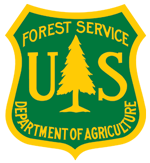-
 Both population size and patch quality affect local extinctions and colonizations
Both population size and patch quality affect local extinctions and colonizations
-
Currently, the habitat of many species is fragmented, resulting in small local populations with individuals occasionally dispersing between the remaining habitat patches. In a solitary bee metapopulation, extinction probability was related to both local bee population sizes and pollen resources measured as host plant population size. Patch size, on the other hand, had no additional predictive power. The turnover rate of local bee populations in 63 habitat patches over 4 years was high, with 72 extinction events and 31 colonization events, but the pollen plant population was stable with no extinctions or colonizations. Both pollen resources and bee populations had strong and independent effects on extinction probability, but connectivity was not of importance. Colonizations occurred more frequently within larger host plant populations. For metapopulation survival of the bee, large pollen plant populations are essential, independent of current bee population size.
Located in
Resources
/
Climate Science Documents
-
 Biodiversity in a Warmer World
Biodiversity in a Warmer World
-
A new framework helps to understand how species ranges change under global warming.
Located in
Resources
/
Climate Science Documents
-
 Biotic Multipliers of Climate Change
Biotic Multipliers of Climate Change
-
A focus on species interactions may improve predictions of the effects of climate change
on ecosystems.
Located in
Resources
/
Climate Science Documents
-
 Defaunation in the Anthropocene
Defaunation in the Anthropocene
-
We live amid a global wave of anthropogenically driven biodiversity loss: species
and population extirpations and, critically, declines in local species abundance.
Particularly, human impacts on animal biodiversity are an under-recognized form of
global environmental change. Among terrestrial vertebrates, 322 species have
become extinct since 1500, and populations of the remaining species show 25%
average decline in abundance. Invertebrate patterns are equally dire: 67% of
monitored populations show 45% mean abundance decline. Such animal declines
will cascade onto ecosystem functioning and human well-being. Much remains unknown
about this “Anthropocene defaunation”; these knowledge gaps hinder our capacity
to predict and limit defaunation impacts. Clearly, however, defaunation is both a
pervasive component of the planet’s sixth mass extinction and also a major driver of
global ecological change
25 JULY 2014 • VOL 345 ISSUE 6195
Located in
Resources
/
Climate Science Documents
-
 Ecological responses to recent climate change
Ecological responses to recent climate change
-
There is now ample evidence of the ecological impacts of recent climate change, from polar terrestrial to tropical marine environments. The responses of both flora and fauna span an array of ecosystems and organizational hierarchies, from the species to the community levels. Despite continued uncertainty as to community and ecosystem trajectories under global change, our review exposes a coherent pattern of ecological change across systems. Although we are only at an early stage in the projected trends of global warming, ecological responses to recent climate change are already clearly visible.
Located in
Resources
/
Climate Science Documents
-
 Early warning signals of extinction in deteriorating environments
Early warning signals of extinction in deteriorating environments
-
During the decline to extinction, animal populations may present dynamical phenomena not exhibited by robust populations (1,2). Some of these phenomena, such as the scaling of demographic variance, are related to small size (3–6) whereas others result from density- dependent nonlinearities (7). Although understanding the causes of population extinction has been a central problem in theoretical biology for decades (8), the ability to anticipate extinction has remained elusive (9). Here we argue that the causes of a population’s decline are central to the predictability of its extinction. Specifically, environmental degradation may cause a tipping point in population dynamics, corresponding to a bifurcation in the underlying population growth equations, beyond which decline to extinction is almost certain. In such cases, imminent extinction will be signalled by critical slowing down (CSD)
critical slowing down
Located in
Resources
/
Climate Science Documents
-
 Fear of failure in conservation: The problem and potential solutions to aid conservation of extremely small populations
Fear of failure in conservation: The problem and potential solutions to aid conservation of extremely small populations
-
The potential for extirpation of extremely small populations (ESPs) is high due to their vulnerability to
demographic and environmental stochasticity and negative impacts of human activity. We argue that
conservation actions that could aid ESPs are sometimes delayed because of a fear of failure. In human
psychology, the fear of failure is composed of several distinct cognitive elements, including ‘‘uncertainty
about the future’’ and ‘‘upsetting important others.’’ Uncertainty about the future is often driven by information obstacles in conservation: information is either not easily shared among practitioners or information is lacking. Whereas, fear of upsetting important others can be due to apprehension about angering constituents, peers, funders, and other stakeholders. We present several ways to address these fears in hopes of improving the conservation process. We describe methods for increased information sharing and improved decision-making in the face of uncertainty, and recommend a shift in focus to cooperative actions and improving methods for evaluating success. Our hope is that by tackling stumbling blocks due to the apprehension of failure, conservation and management organizations can take steps to move from fear to action.
Located in
Resources
/
Climate Science Documents
-
 Stoleson, Scott
Stoleson, Scott
-
Located in
Expertise Search























